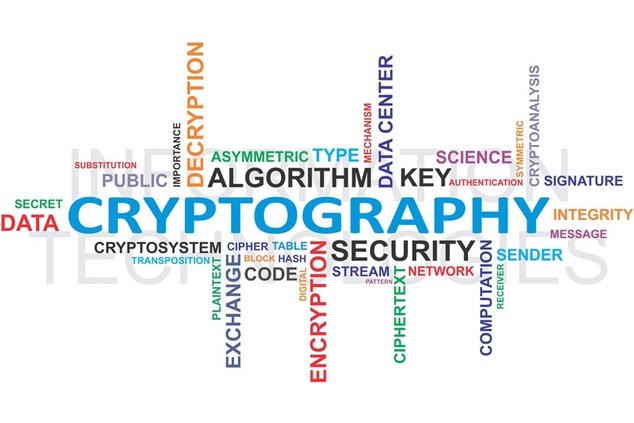Cryptography and Encryption Basics - II
Cryptography and Encryption Basics - II
RC4
RSA cryptography
Key Exchange:
Diffie-Hellman Key Exchange:
Key Escrow;
Trust Module:
Hash Functions:
 |
Public Key Infrastructure (PKI) and Digital Certificates:
PKI is nothing but Publick key infrastructure. It is framework for Creating, Managing, distributing Storing and revoking of Digital certificates, public keys & Private keys.
- In order to blind public keys with their associated user (owner or the private Key), PKIs use digital certificates
- There is an entity in PKI which is called as CA (Certificate Authority) Which produces and verifies the digital certificate
PKI is framework that structure, trust and scalability to use the digital certificates and keys.
- While Certificates and Keys provides a raw mechanism for cyder security properties like authentication, encryption and digital signature.
- PKI ensures that they are properly managed, trusted and also maintained throughout the entire life cycle
Basic Functionalities of CA:
- Generate Certificate
- Publish Certificate
- Verifying Certificate
- Revocate Certificate
Types of CA
- Root CA
- Intermediate CA
- END Entity CA
Challenges of CA
- Security
- Scalability
- Inter-operability
- Reliability
Digital signature:
Digital signatures are related to encryption, but do not mean a message is in encrypted. A digital signature is a verification of the authenticity of the digital message or documents. The digital signature makes sure that the message was created by a known sender, and the message was not altered in transit.


Comments
Post a Comment